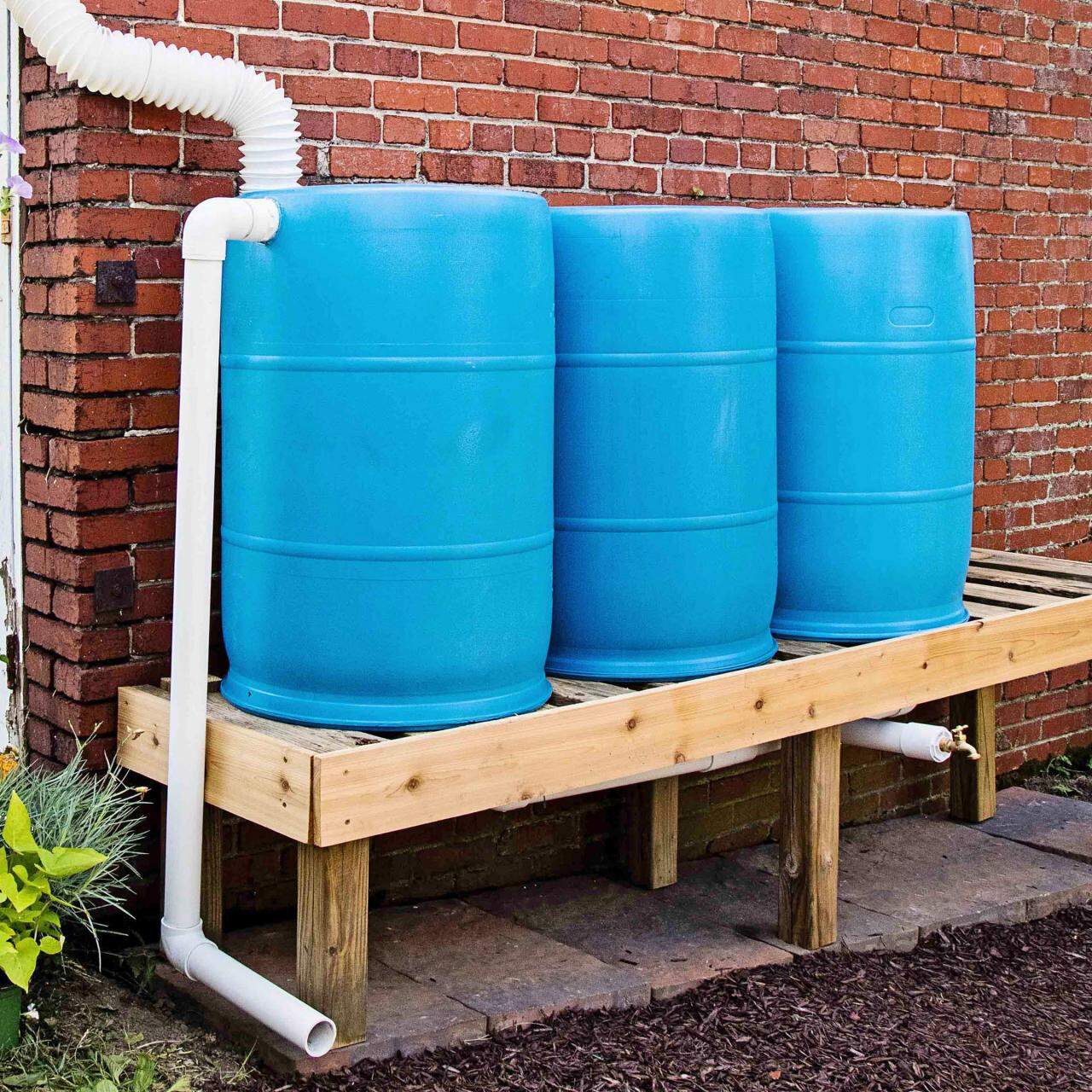

Articles
How To Store Rain Water At Home
Modified: October 18, 2024
Learn how to store rainwater at home with these informative articles. Discover practical tips and advice for harvesting and utilizing this precious resource.
(Many of the links in this article redirect to a specific reviewed product. Your purchase of these products through affiliate links helps to generate commission for Storables.com, at no extra cost. Learn more)
Introduction
Welcome to the world of sustainable living! In a time when environmental concerns are at the forefront, finding innovative and practical solutions to conserve water has become increasingly important. One such solution is storing rainwater at home, a practice that not only helps reduce water consumption but also provides numerous other benefits. Whether you live in an urban apartment or a suburban house, implementing a rainwater storage system can be a game-changer in your journey towards sustainability.
Storing rainwater involves capturing and storing the water that falls on your roof during rainfall. This water can then be used for various purposes, such as watering plants, washing cars, or even flushing toilets. By harnessing the power of nature, you can significantly reduce your reliance on municipal water supplies, which in turn reduces the demand on local water sources.
But why should you consider storing rainwater at home? The benefits are abundant. Firstly, it helps reduce your water bill by using rainwater for non-potable purposes. Additionally, it lowers the strain on public water supplies, especially during drought conditions. By conserving water, you are also contributing to the preservation of local ecosystems.
Another key advantage is that stored rainwater is naturally soft and free from chemicals, making it ideal for sensitive plants and gardens. By using rainwater to nourish your landscapes, you can encourage healthier growth and reduce the need for fertilizers or other chemical treatments.
Moreover, storing rainwater can be a great way to prepare for emergencies. During times of natural disasters or water shortages, having a reserve of water can provide peace of mind, ensuring you have access to clean water when needed.
Now that we understand the benefits, let’s delve into the key aspects of storing rainwater at home. From choosing the right storage system to maintaining and managing the stored water, we will explore the practical steps involved in implementing an efficient rainwater storage solution. So, let’s embark on this exciting journey towards a more sustainable future.
Key Takeaways:
- Storing rainwater at home offers a multitude of benefits, from reducing water bills to promoting sustainability and self-sufficiency. It’s a practical and eco-friendly solution for a more sustainable future.
- Utilizing stored rainwater for various purposes, such as watering plants, flushing toilets, and emergency preparedness, not only conserves water but also contributes to environmental initiatives and community projects.
Read more: How To Store Rain Water For Plants
Benefits of Storing Rainwater at Home
Storing rainwater at home offers a multitude of benefits, both for your wallet and the environment. Let’s explore some of the key advantages:
- Water Conservation: By collecting and storing rainwater, you reduce your reliance on municipal water supplies, helping to conserve this precious resource. This is especially crucial in areas facing water scarcity or during times of drought.
- Cost Savings: Utilizing rainwater for non-potable purposes, such as watering plants or washing cars, can lead to substantial savings on your water bill. The cost of installing and maintaining a rainwater storage system is recouped over time through these savings.
- Resilience in Emergencies: Storing rainwater provides you with a backup water supply during emergencies or natural disasters. In situations where the main water supply is compromised, having a reserve of water can be a lifesaver.
- Environmental Impact: By reducing your reliance on treated water, you contribute to the conservation of energy and the environment. Water treatment processes consume significant amounts of energy and contribute to greenhouse gas emissions. Storing rainwater helps to minimize this impact.
- Chemical-free Water: Rainwater is naturally free from the chemicals typically found in treated water. This makes it ideal for gardening, as it promotes healthier plant growth without the risk of chemical exposure. This is particularly beneficial for organic gardens or sensitive plant species.
- Reduced Soil Erosion: Harvesting rainwater prevents runoff, which can cause soil erosion and carry pollutants into nearby water bodies. Storing and using rainwater helps to reduce the impact on soil quality and the surrounding ecosystem.
- Improved Plant Health: Rainwater, being naturally soft and slightly acidic, provides better hydration and nutrient absorption for plants. This can lead to healthier vegetation, increased yields, and vibrant gardens.
- Community Benefits: When a significant number of households store rainwater, the collective impact on water resources and infrastructure is substantial. By participating in rainwater harvesting, you contribute to the overall resilience and sustainability of your community.
With all these benefits in mind, it’s clear that storing rainwater at home is a wise investment for both your pocket and the planet. Let’s now explore the practical aspects of setting up a rainwater storage system.
Choosing the Right Rainwater Storage System
When it comes to storing rainwater at home, selecting the appropriate storage system is crucial for optimal performance and longevity. Here are some factors to consider when choosing the right rainwater storage system:
- Water Storage Capacity: Assess your water needs and determine the desired storage capacity. Consider factors such as household size, average rainfall in your area, and the intended uses for the stored water. This will help determine the size and number of tanks or barrels needed.
- Available Space: Evaluate the available space on your property for installing the rainwater storage system. Consider whether you have sufficient unobstructed area for large tanks or if you need to explore alternative options such as slimline tanks or underground storage.
- Tank Material: The choice of material for the tanks or barrels depends on various factors. Common options include plastic, fiberglass, galvanized steel, or concrete. Consider factors such as durability, cost, compatibility with the stored water, and whether the material is food-grade for potable water storage.
- UV Protection: If your storage tanks or barrels will be exposed to direct sunlight, ensure they have UV protection. UV rays can degrade certain materials over time, compromising the integrity of the storage system. Look for UV-resistant tanks or consider installing a protective cover.
- Filtration System: Installing an effective filtration system is essential to ensure the stored rainwater is free from debris, leaves, and other contaminants. Consider using a combination of screens, filters, and diversion systems to prevent pollutants from entering the storage tanks.
- Rainwater Collection Method: Decide on the method of collecting rainwater from your roof. The most common approach is to install gutters and downspouts connected to the storage system. Ensure proper sizing and placement of these components to maximize water collection efficiency.
- Accessibility and Maintenance: Consider ease of access to the storage system for regular maintenance and cleaning. Opt for designs that allow for easy inspection, gutter cleaning, and tank maintenance.
- Local Regulations: Familiarize yourself with any local regulations or permits required for rainwater harvesting and storage. Some areas may have guidelines on the sizing and installation of the storage system, so ensure compliance with the local regulations.
By carefully considering these factors, you can choose a rainwater storage system that meets your specific needs and ensures optimal functionality. In the next section, we will explore the process of determining the required water storage capacity for your home.
Determining Water Storage Capacity
Before installing a rainwater storage system, it is important to determine the required water storage capacity to meet your household’s needs. This involves assessing your water usage habits and considering factors such as rainfall patterns and the intended uses for the stored water. Here’s how to determine the appropriate water storage capacity:
- Calculate Average Water Consumption: Start by estimating your average daily water consumption. Consider both indoor and outdoor water use, including drinking, cooking, showering, laundry, irrigation, and other activities that require water.
- Assess Rainfall Patterns: Research the average rainfall in your area to understand the frequency and intensity of rainfall events. This information will help determine how much water you can potentially collect and store.
- Consider Seasonal Variations: Take into account seasonal variations in rainfall and water usage. In drier months, when rainfall is limited, you may need a larger storage capacity to ensure a continuous water supply.
- Determine Non-Potable Water Needs: Identify the non-potable uses for the stored water, such as gardening, car washing, or toilet flushing. These uses typically require less filtered or treated water and can help reduce your overall water consumption.
- Factor in Storage Losses: Consider that some water will be lost through evaporation, leaks, or overflow. It is recommended to account for a buffer of about 10-15% to compensate for these losses.
- Calculate Required Storage Capacity: Take the average daily water consumption and multiply it by the number of days you want to be self-sufficient in water supply. This will give you an estimate of the total water storage capacity required.
- Consider Future Expansion: Anticipate any future changes in water usage or household size. If there are plans for expansion or an increase in water demand, it is advisable to choose a storage system with a larger capacity to accommodate these changes.
Keep in mind that it’s better to have a slightly larger storage capacity than a smaller one, as it ensures you have enough water during dry periods or unexpected disruptions in the water supply.
By carefully considering your daily water needs, the local rainfall patterns, and the intended uses for the stored water, you can determine the appropriate water storage capacity for your home. In the next sections, we will explore the steps involved in collecting rainwater from rooftops and filtering it for storage.
Collecting Rainwater from Rooftops
One of the primary methods of collecting rainwater is by harvesting it from rooftops. The process involves capturing the water that falls on your roof during rainfall and directing it to a storage system. Here’s how you can effectively collect rainwater from rooftops:
- Install Gutters: Start by installing gutters along the edges of your roof to collect and channel the rainwater. Ensure that the gutters slope slightly towards the downspout to facilitate proper water flow.
- Position Downspouts: Place the downspouts strategically to route the water from the gutters directly into the storage system. Position them away from any potential obstructions or areas prone to flooding.
- Consider Multiple Downspouts: Depending on the size of your roof and the expected rainfall volume, you may need multiple downspouts to efficiently collect the rainwater. This helps distribute the water intake and prevents overwhelming a single downspout.
- Divert Rainwater: Install diverters or first-flush systems to remove the initial portion of the rainwater, which might contain debris, leaves, or pollutants from the roof surface. This ensures that only clean rainwater enters the storage system.
- Position the Storage System: Place the tanks or barrels for rainwater storage in an accessible location near the downspouts. Ensure that the area is stable, leveled, and can support the weight of the storage system when filled with water.
- Connect the Downspout: Connect the downspouts to the inlet of the storage system using appropriate connectors or diverters. This allows the rainwater to flow directly into the storage tanks or barrels.
- Consider Inlet Filters: Install inlet filters or screens in the downspout connection point to prevent debris, leaves, or large particles from entering the storage system. This helps keep the stored rainwater clean and free of contaminants.
- Ensure Proper Slope: Ensure that the downspout and all connecting pipes have a slight slope towards the storage system. This helps facilitate the smooth flow of rainwater and prevents any stagnant water or blockages.
- Regular Maintenance: Regularly inspect and clean the gutters, downspouts, and filters to prevent clogging or blockages. This ensures that the rainwater collection system operates efficiently and that the stored water remains clean.
By following these steps, you can effectively collect rainwater from your rooftop and channel it into a storage system. However, it is important to note that the collected rainwater should be filtered and treated before it is used for potable purposes. In the next section, we will discuss the importance of filtering and treating rainwater for safe use.
Read more: How To Collect Rain Water Without Gutters
Installing Gutters and Downspouts
Proper installation of gutters and downspouts is essential for effective rainwater collection from your rooftop. Gutters and downspouts work hand in hand to channel the rainwater from the roof into a storage system. Here’s a step-by-step guide on how to install gutters and downspouts:
- Assess Your Roof: Start by assessing the slope, shape, and size of your roof. This will help determine the type and quantity of gutters and downspouts needed for optimal water collection.
- Choose the Right Materials: Select high-quality materials for your gutters and downspouts, such as aluminum, vinyl, or galvanized steel, to ensure durability and longevity.
- Measure the Length: Measure the length of your roof edges where the gutters will be installed. This will help determine the required length of gutters and downspouts needed for the complete installation.
- Mark the Gutter Placement: Mark the positions where the gutters will be installed along the roof edges. Ensure a slight slope towards the downspout exit point to facilitate proper water flow.
- Install the Gutters: Start by attaching the gutter brackets to the roof edge, spacing them evenly. Then, snap or screw the gutters into the brackets, ensuring a tight and secure fit. Trim the gutters to the desired length if necessary.
- Position the Downspouts: Determine the appropriate location for the downspouts on the corners or ends of the gutter system. Mark these positions on the walls where the downspouts will be attached.
- Attach the Downspouts: Connect the downspout elbows or bendable extensions to direct the water down towards the ground. Use brackets or straps to secure the downspout to the wall, ensuring a proper slope for water flow.
- Direct Water Away: Ensure that the downspouts have a sufficient extension at the bottom to direct the water away from your foundation and landscaping. Opt for splash blocks or downspout extensions to prevent water pooling near your home.
- Test the System: After installation, conduct a test by spraying water onto the roof or using a hose to ensure proper water flow through the gutters and downspouts. Check for any leaks, misalignments, or blockages and make necessary adjustments.
- Maintain Regularly: Regularly clean and inspect the gutters and downspouts to prevent clogging from leaves, debris, or other obstructions. Remove any blockages and ensure the system is functioning properly to maximize rainwater collection.
By following these installation steps and performing regular maintenance, you can ensure efficient rainwater collection from your rooftop through the gutters and downspouts. In the next section, we will explore the importance of filtering and treating rainwater for safe use.
Consider installing a rain barrel to collect rainwater from your roof. This can be used for watering plants, washing cars, and other non-potable uses, reducing your reliance on municipal water sources.
Filtering and Treating Rainwater
Filtering and treating rainwater is an important step in ensuring that the collected water is safe and suitable for various uses. While rainwater is generally clean, it can still contain contaminants and impurities that need to be removed before use. Here’s a guide on how to effectively filter and treat rainwater:
- Pre-Storage Filtration: Installing a pre-storage filter is the first line of defense to remove larger debris, leaves, and insects from the rainwater. Mesh screens or gutter guards placed at the downspout entry point can effectively catch these contaminants before they enter the storage system.
- Chemical Treatment: Consider using chemical treatments to disinfect and purify the rainwater. Chlorine-based or ozone-based treatments are common options to kill bacteria and pathogens. Follow the manufacturer’s instructions for proper dosage and treatment duration.
- Carbon Filtration: Utilize carbon filters to remove impurities, odors, and tastes from the rainwater. These filters can effectively remove chemicals, sediments, and certain organic compounds, resulting in cleaner and better-tasting water.
- UV Sterilization: UV sterilizers can be used to kill or inactivate bacteria, viruses, and other microbes present in the rainwater. These devices emit UV light, which penetrates the water and destroys the DNA of harmful microorganisms, making the water safe for various uses.
- Reverse Osmosis: For potable water use, consider incorporating a reverse osmosis system. This filtration method utilizes a semi-permeable membrane to remove dissolved solids, heavy metals, and other contaminants from the rainwater, ensuring high-quality drinking water.
- Regular Maintenance: It is crucial to regularly clean and maintain the filtration and treatment systems to ensure their optimal performance. Replace filters as recommended by the manufacturer and clean any sediment or deposits that may accumulate over time.
- Water Testing: Periodically test the quality of your treated rainwater to ensure it meets the required standards for intended uses, especially for potable water purposes. Water testing kits are readily available and can provide valuable insights into the water’s safety and quality.
It is important to note that the level of filtration and treatment required depends on the intended uses for the rainwater. Non-potable uses, such as watering plants or washing cars, may require less stringent treatment compared to potable water usage. Consult local regulations and guidelines to ensure compliance with any specific requirements.
By implementing appropriate filtration and treatment methods, you can ensure that the rainwater collected is safe, clean, and suitable for the intended purposes. In the next section, we will discuss different options for storing rainwater in tanks or barrels.
Storing Rainwater in Tanks or Barrels
Storing rainwater in tanks or barrels is a convenient and efficient way to preserve and utilize the collected water. Tanks and barrels provide a secure and accessible storage solution that can be customized to fit the available space and water storage needs. Here’s a guide on storing rainwater in tanks or barrels:
- Selecting the Right Storage Containers: Choose durable, food-grade containers specifically designed for rainwater storage. Common options include polyethylene tanks, fiberglass tanks, or repurposed food-grade barrels.
- Determining Storage Capacity: Determine the appropriate storage capacity based on your water needs, available space, and anticipated rainfall patterns. Consider factors such as household size, average water consumption, and non-potable water uses.
- Positioning the Storage Containers: Select a suitable location for the storage containers. Ensure the area is flat, stable, and capable of supporting the weight of the filled containers. If space is limited, consider elevated or stacked options to optimize storage capacity.
- Connecting the Downspouts: Connect the downspouts to the inlet or intake of the storage containers. Use appropriate connectors or diverters to direct the rainwater flow efficiently. Ensure a tight and secure connection to prevent any water leakage.
- Overflow and Ventilation: Incorporate overflow outlets or pipes to redirect excess water away from the storage containers, preventing overflow and potential water damage. Install ventilation to allow air circulation and prevent the buildup of gases or algae inside the containers.
- Securing the Containers: Secure the storage containers with straps, brackets, or supports to ensure stability, especially in areas prone to high winds or extreme weather conditions. This helps prevent any accidental tipping or damage to the containers.
- Regular Inspection and Maintenance: Regularly inspect the storage containers for any signs of damage, leaks, or corrosion. Check the fittings, seals, and connections to ensure they are secure and functioning properly. Clean the containers as needed to maintain water quality.
- Protecting from Sunlight: If the storage containers are exposed to direct sunlight, consider using UV-protective covers or painting them with UV-resistant paint. Sunlight exposure can degrade certain materials and contribute to algae growth.
- Monitoring Water Levels: Keep track of the water levels in the storage containers to ensure an adequate supply. Consider installing water level indicators or utilizing visual cues to easily determine when it’s time to refill or use the stored rainwater.
- Labeling and Safety: Clearly label the storage containers to distinguish them from other containers and to prevent accidental use for potable water. Store rainwater safely and keep it out of reach from children or unauthorized individuals.
By following these steps, you can effectively store rainwater in tanks or barrels, ensuring a reliable and accessible water supply for various uses. In the next section, we will explore the importance of maintaining and managing stored rainwater.
Maintaining and Managing Stored Rainwater
Maintaining and managing stored rainwater is essential to ensure its quality and longevity. Regular maintenance and proper management practices help preserve the stored water and optimize its usability. Here are some important considerations for maintaining and managing stored rainwater:
- Regular Inspection: Conduct routine inspections of the storage containers for any signs of damage, leaks, or contamination. Check the fittings, seals, and connections to ensure they are in good condition.
- Cleaning and Disinfection: Clean the storage containers periodically to remove debris, sediment, or any buildup that may affect water quality. Empty and scrub the containers, and rinse them thoroughly before refilling with fresh rainwater.
- Water Testing: Periodically test the quality of the stored rainwater to ensure it meets the required standards for the intended uses. Testing for pH levels, microbial contamination, and chemical composition can provide valuable insights into water quality.
- Algae Prevention: Algae growth can affect water quality and clog filters or pipes. Prevent algae growth by ensuring the storage containers are not exposed to direct sunlight, using opaque or dark-colored containers, and incorporating appropriate levels of ventilation.
- Managing Water Levels: Monitor the water levels in the storage containers and manage them efficiently. Avoid unnecessary evaporation by keeping the containers covered when not in use. Strategically plan water usage to maintain a sufficient water supply during drier periods.
- Preventing Cross-Contamination: Avoid cross-contamination by using separate systems for potable and non-potable water. Clearly label the containers and plumbing to prevent accidental use of non-potable water for drinking or cooking.
- Protecting from Contaminants: Prevent the entry of contaminants into the storage containers by ensuring proper filtration and using appropriate inlet filters and screens. Regularly inspect and clean the filters to ensure their effectiveness.
- Overflow Management: If the storage containers have overflow outlets, ensure they are properly directed and managed. Consider connecting overflow outlets to drainage systems or redirecting overflow water to areas where it can be utilized, such as garden irrigation.
- Winter Precautions: In colder climates, take necessary precautions to prevent freezing and damage to the storage containers. Empty the containers or use insulation materials to protect them from extreme temperatures.
- Education and Awareness: Educate household members about the stored rainwater system, its purpose, and proper usage. Raise awareness about water conservation and responsible water usage to ensure the long-term sustainability of the stored rainwater.
Maintaining and managing stored rainwater requires regular attention and care, but it is a vital aspect of ensuring the quality and usability of the water. By following these guidelines and incorporating good management practices, you can make the most of your stored rainwater for various purposes.
In the next section, we will explore the diverse applications and uses of stored rainwater in and around your home.
Applications and Uses of Stored Rainwater
Stored rainwater can be utilized for a wide range of applications and purposes, both indoors and outdoors. Here are some of the common uses and benefits of utilizing stored rainwater:
- Outdoor Watering and Irrigation: One of the primary uses of stored rainwater is for watering plants, lawns, and gardens. Rainwater is naturally soft and free from the chemicals typically found in tap water, making it ideal for nurturing plants and promoting healthy growth.
- Car and Equipment Washing: Use stored rainwater to wash cars, bikes, or other outdoor equipment. Rainwater is often preferred for this purpose as it doesn’t leave mineral residues or water spots on the surfaces, resulting in a cleaner finish.
- Toilet Flushing: Connect your rainwater storage system to your toilet cisterns for flushing. This can significantly reduce your reliance on treated water for a non-potable purpose, helping to conserve water and reduce your water bills.
- Laundry and Cleaning: Utilize stored rainwater for laundry and general cleaning purposes. This can help reduce the use of treated water and minimize the discharge of chemicals and additives into the environment.
- Fire Protection: In areas prone to wildfires or with limited access to a water supply, stored rainwater can serve as an essential resource for fire protection. It can be used for firefighting or as a backup water source for sprinkler systems.
- Emergency Preparedness: Having a reserve of stored rainwater is crucial for emergency situations, such as natural disasters or disruptions in the water supply. It ensures access to clean water for drinking, cooking, and personal hygiene when other water sources are compromised.
- Aquariums and Pets: Use stored rainwater for filling aquariums or providing water for pets. The absence of chemicals and additives in rainwater can be beneficial for the aquatic life in the aquariums and the overall well-being of your pets.
- Water Features and Ponds: If you have water features or ponds in your landscape, stored rainwater can be used to maintain the water levels and supply a natural water source for these elements.
- Construction and DIY Projects: Rainwater can be handy for construction or DIY projects that require water. Use it for mixing cement, cleaning tools, or any other construction-related activities.
- Community and Environmental Initiatives: When multiple households store rainwater, the collective impact on water conservation and the environment can be significant. Stored rainwater can be used for community gardens, urban farming projects, or even to replenish natural water bodies.
These are just a few examples of how stored rainwater can be utilized. The possibilities are endless, limited only by your creativity and needs.
Remember to follow local regulations and guidelines for using stored rainwater, especially for potable purposes. Regularly maintain and monitor the stored rainwater to ensure its cleanliness and usability.
As we conclude this article, it’s evident that storing rainwater at home offers numerous benefits, from reducing water bills to promoting sustainability and self-sufficiency. By implementing a rainwater storage system and utilizing stored rainwater wisely, you can contribute to a more sustainable future while enjoying the many advantages it provides.
Conclusion
In conclusion, storing rainwater at home is a practical and sustainable solution that offers a multitude of benefits. By capturing and utilizing the water that falls on your roof during rainfall, you can reduce your dependence on municipal water supplies, lower water bills, and minimize the strain on local water sources. Storing rainwater also contributes to the conservation of energy and the environment by reducing the reliance on treated water and its associated environmental impact.
Choosing the right rainwater storage system, determining the water storage capacity, and effectively collecting rainwater from rooftops are important steps in implementing an efficient rainwater harvesting system. Proper filtration and treatment of the collected rainwater ensure its safety and suitability for various uses. Storing rainwater in tanks or barrels and maintaining the system provides a reliable and accessible water supply for watering plants, cleaning, flushing toilets, and other non-potable applications.
Furthermore, stored rainwater plays a crucial role in emergency preparedness, fire protection, and can be utilized for community initiatives and environmental projects. The applications and uses of stored rainwater are vast, catering to both indoor and outdoor needs, while also promoting water conservation and responsible water usage.
Remember to regularly maintain and manage the stored rainwater, including inspections, cleaning, and monitoring water levels. Adhering to local regulations and guidelines for rainwater harvesting and usage is essential, especially when it comes to potable water purposes.
Embracing the practice of storing rainwater at home allows us to become more self-sufficient, environmentally conscious, and resilient in the face of water scarcity and emergencies. As we strive for a more sustainable future, taking advantage of the natural resource that is rainwater is not only pragmatic but also an act of stewardship for our planet’s water resources.
So, take the first step towards a greener, more sustainable lifestyle by storing rainwater at home. Embrace the power of rain and witness the positive impact it can have on your life, your home, and the environment.
Frequently Asked Questions about How To Store Rain Water At Home
Was this page helpful?
At Storables.com, we guarantee accurate and reliable information. Our content, validated by Expert Board Contributors, is crafted following stringent Editorial Policies. We're committed to providing you with well-researched, expert-backed insights for all your informational needs.
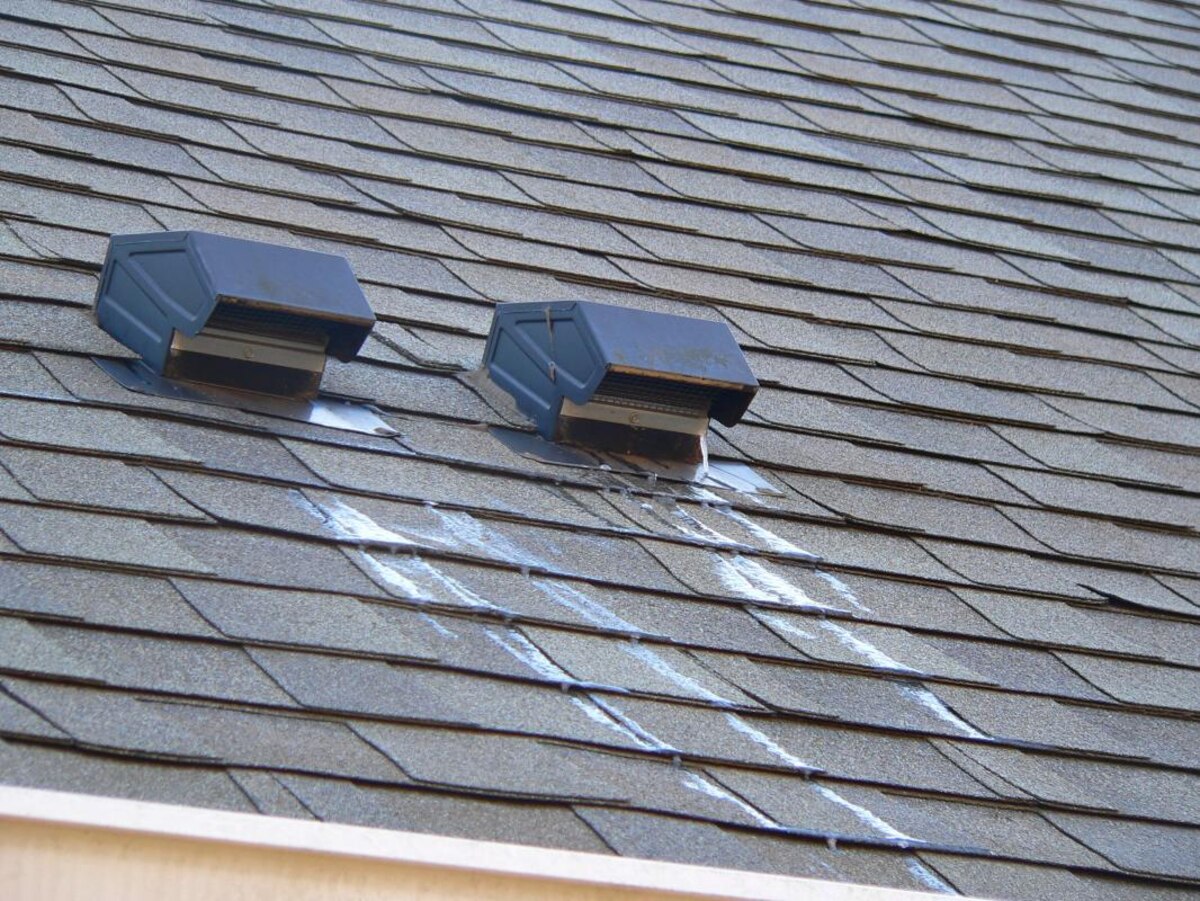
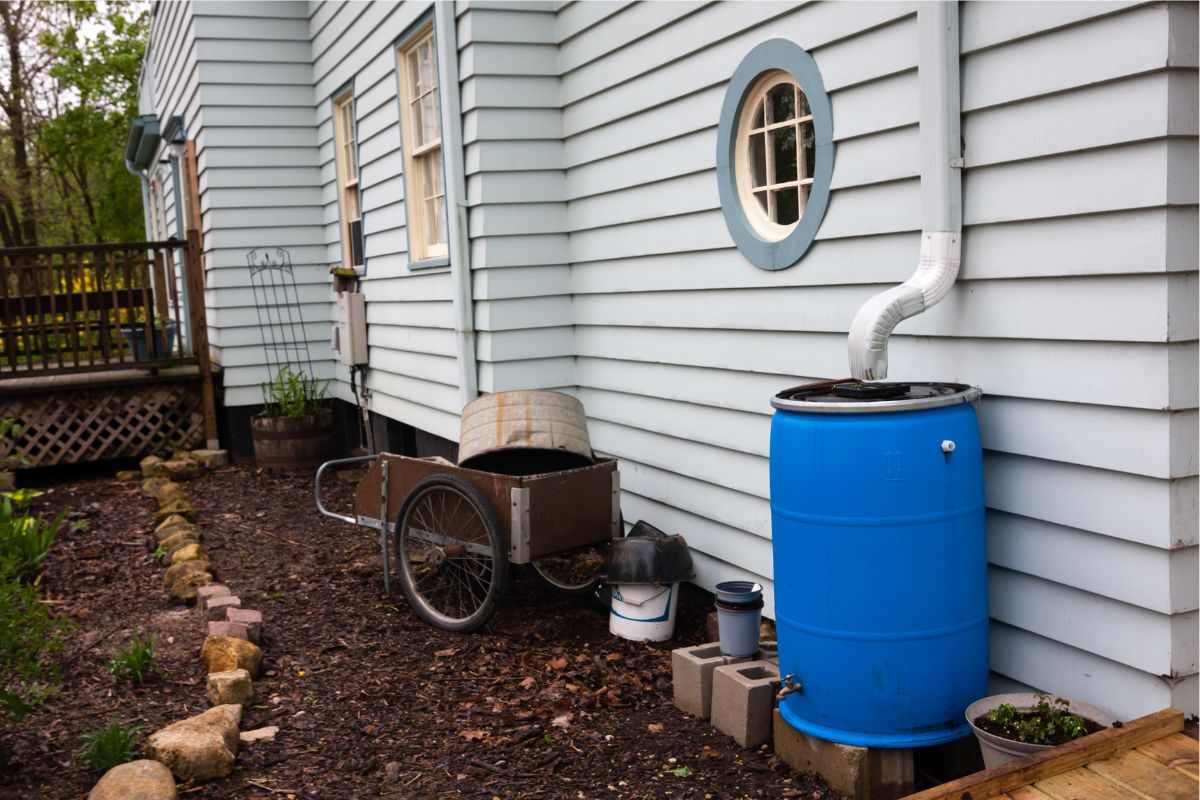
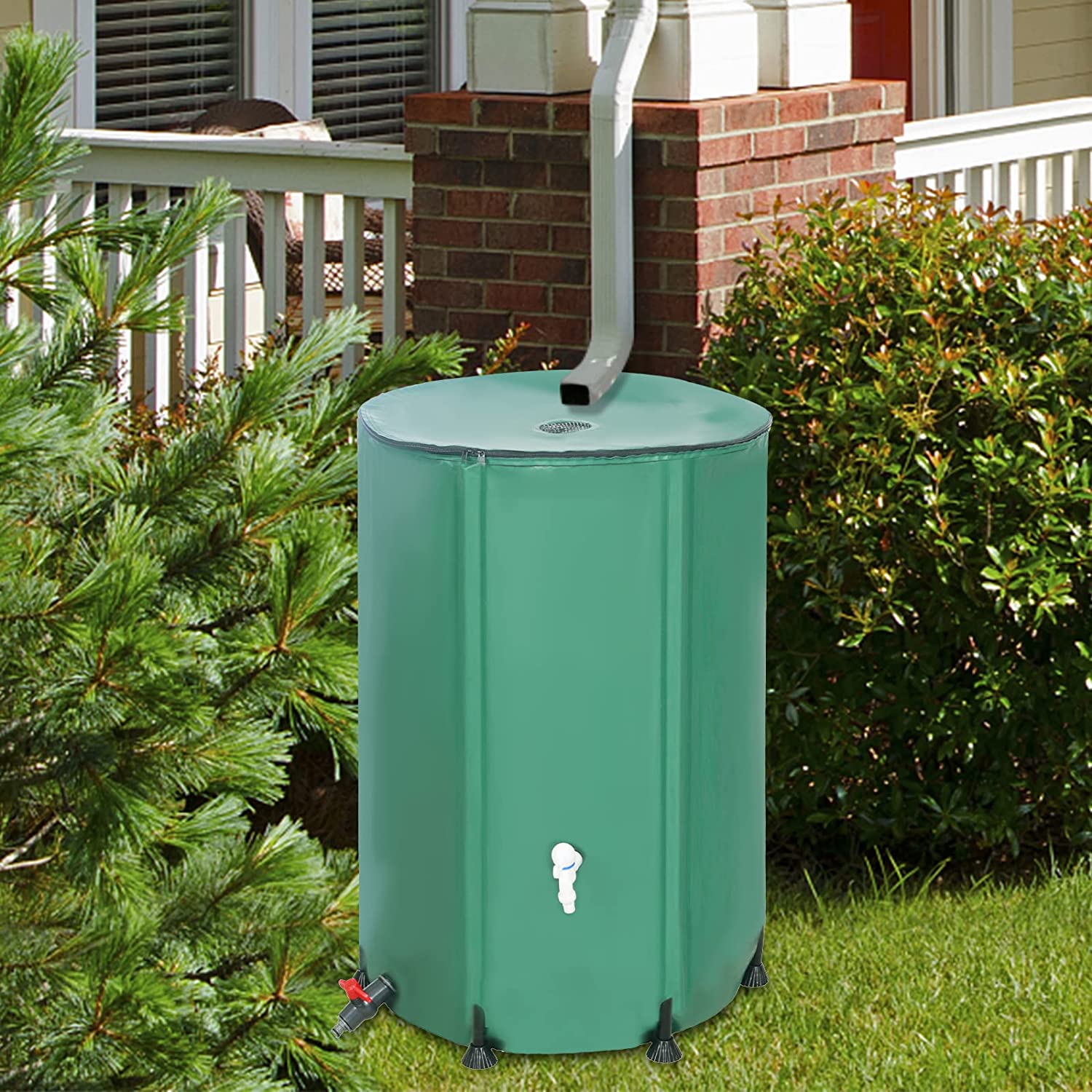
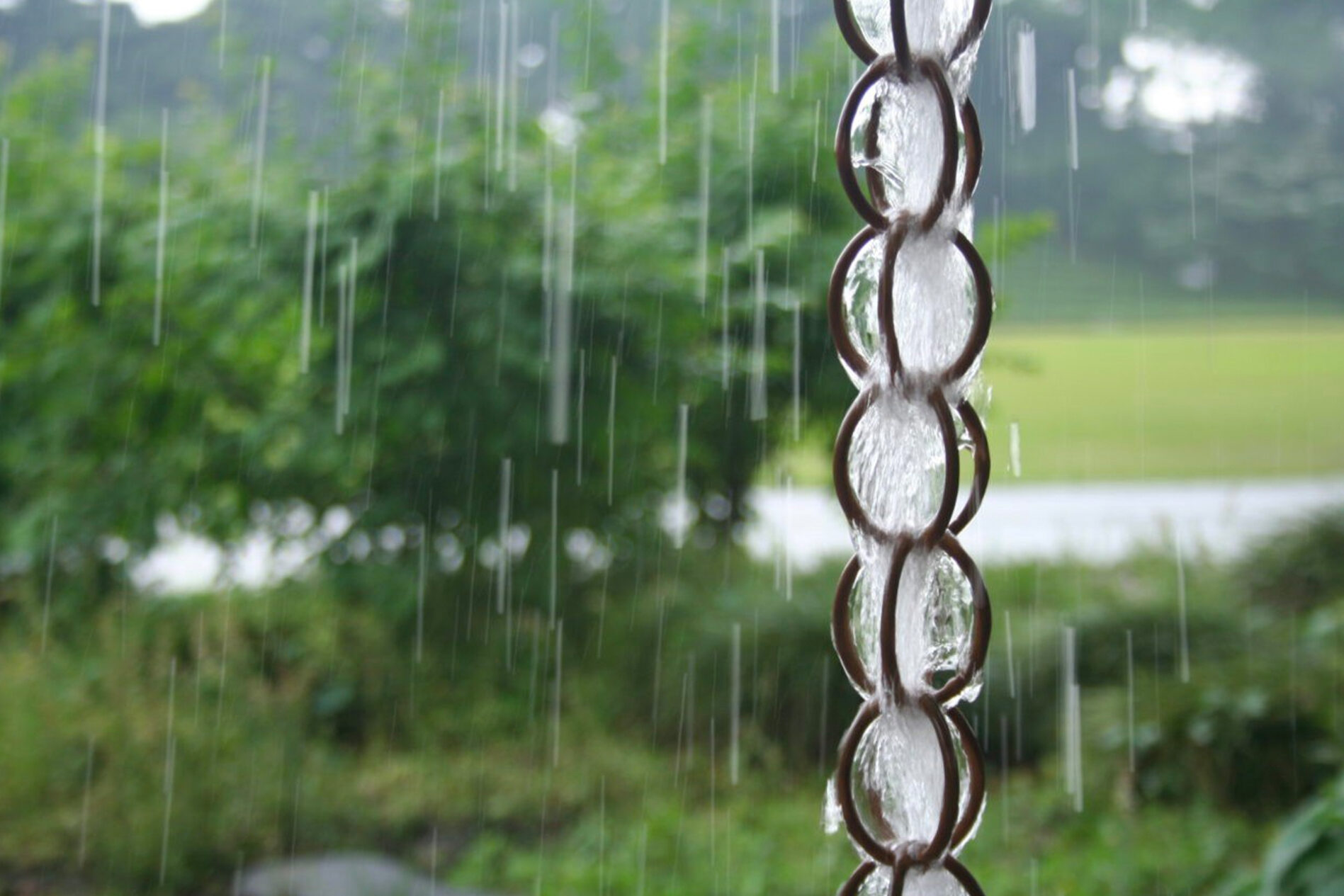
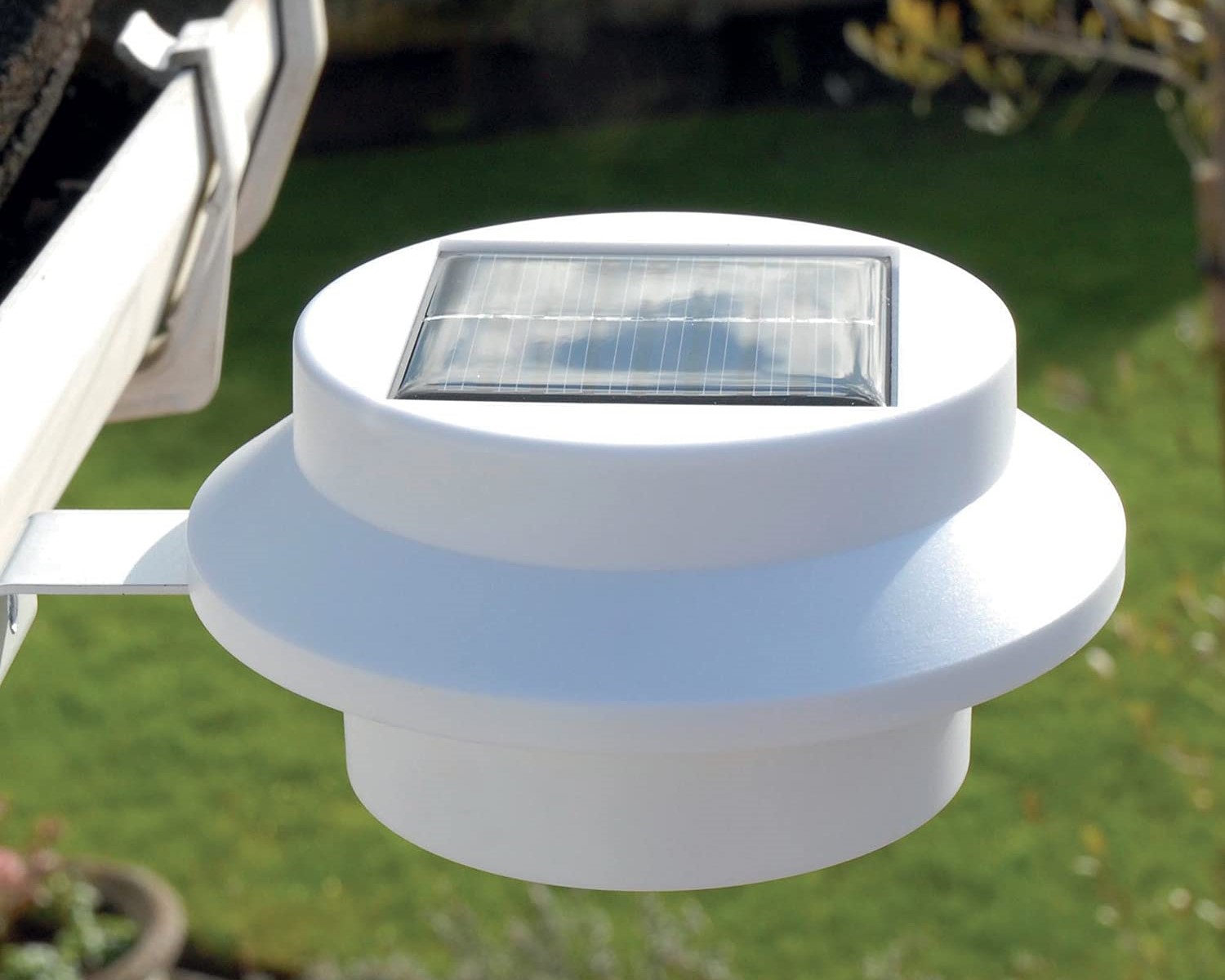

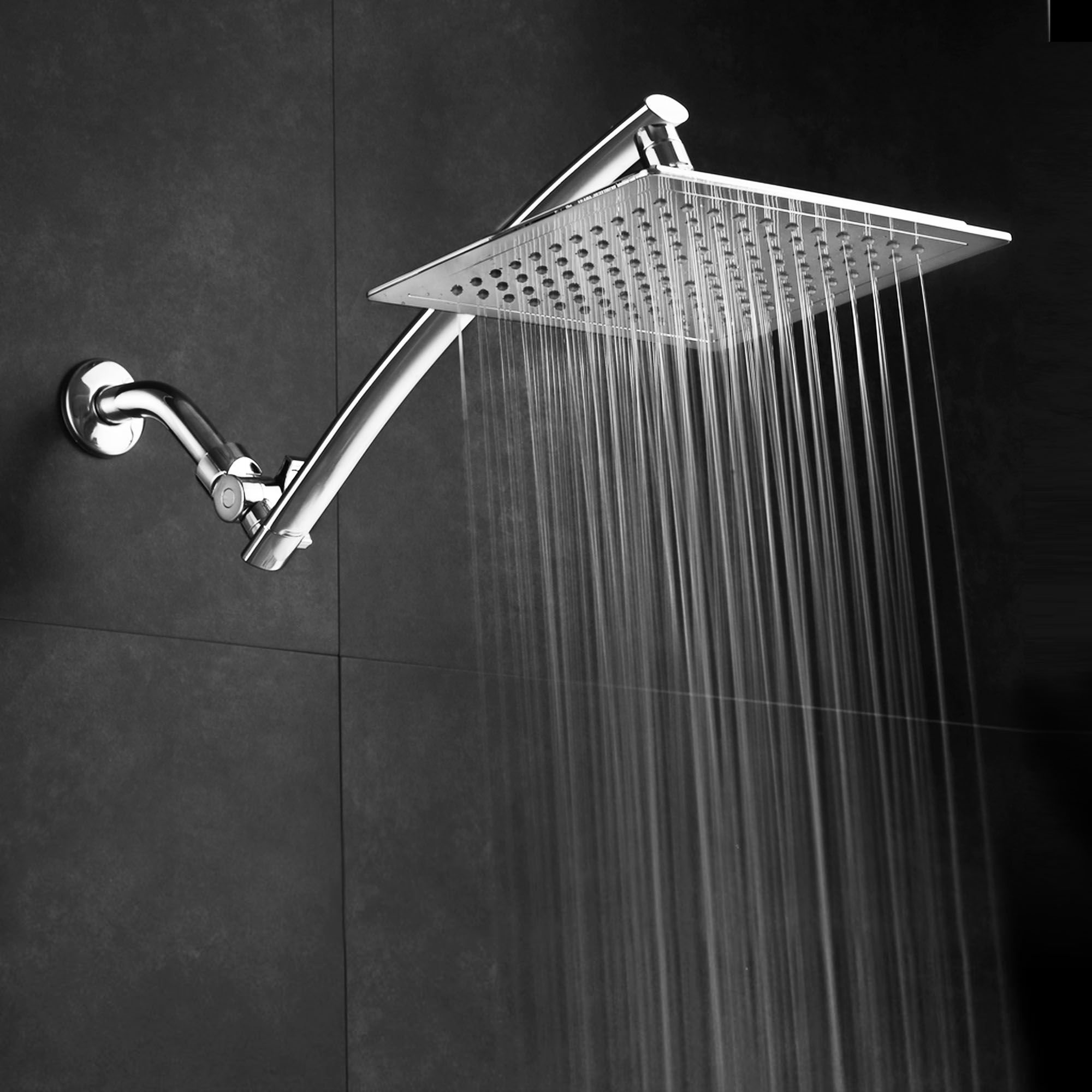
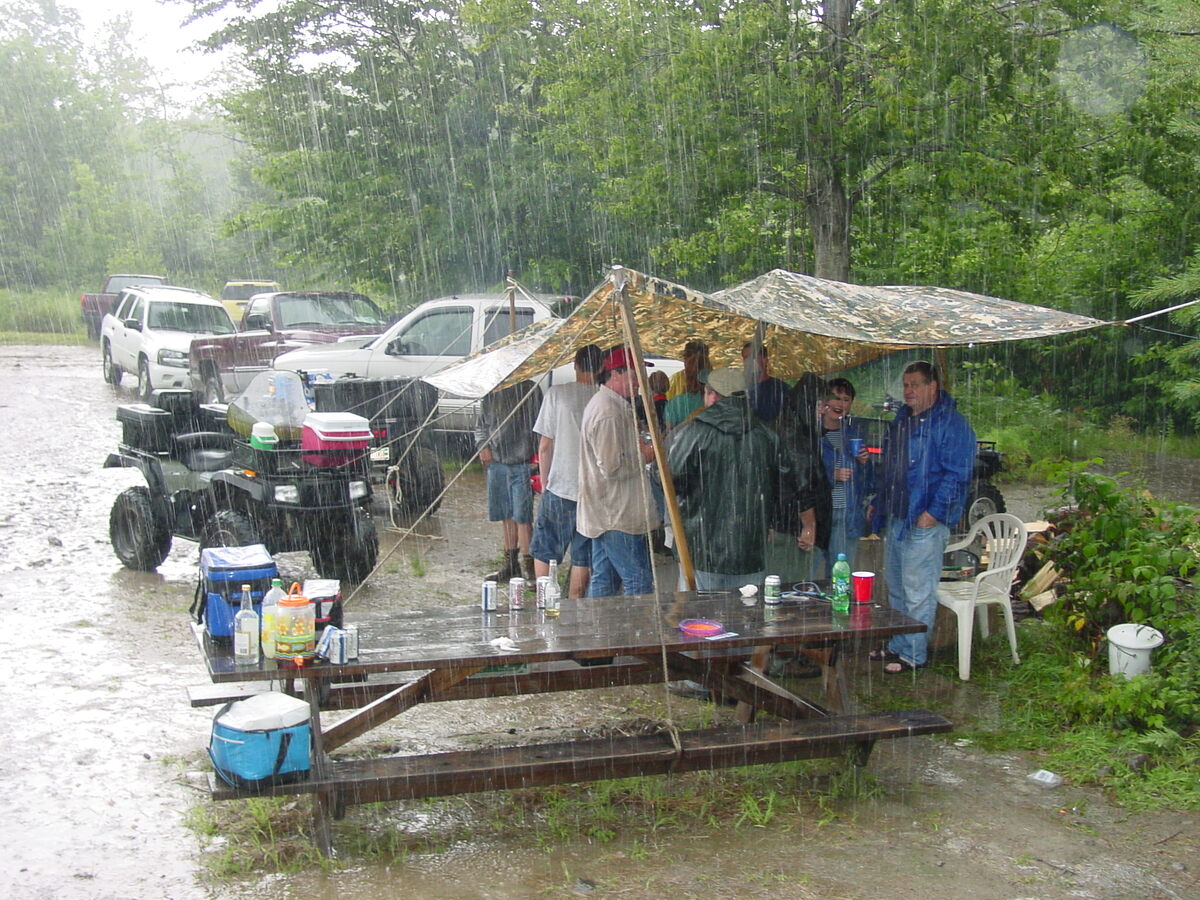
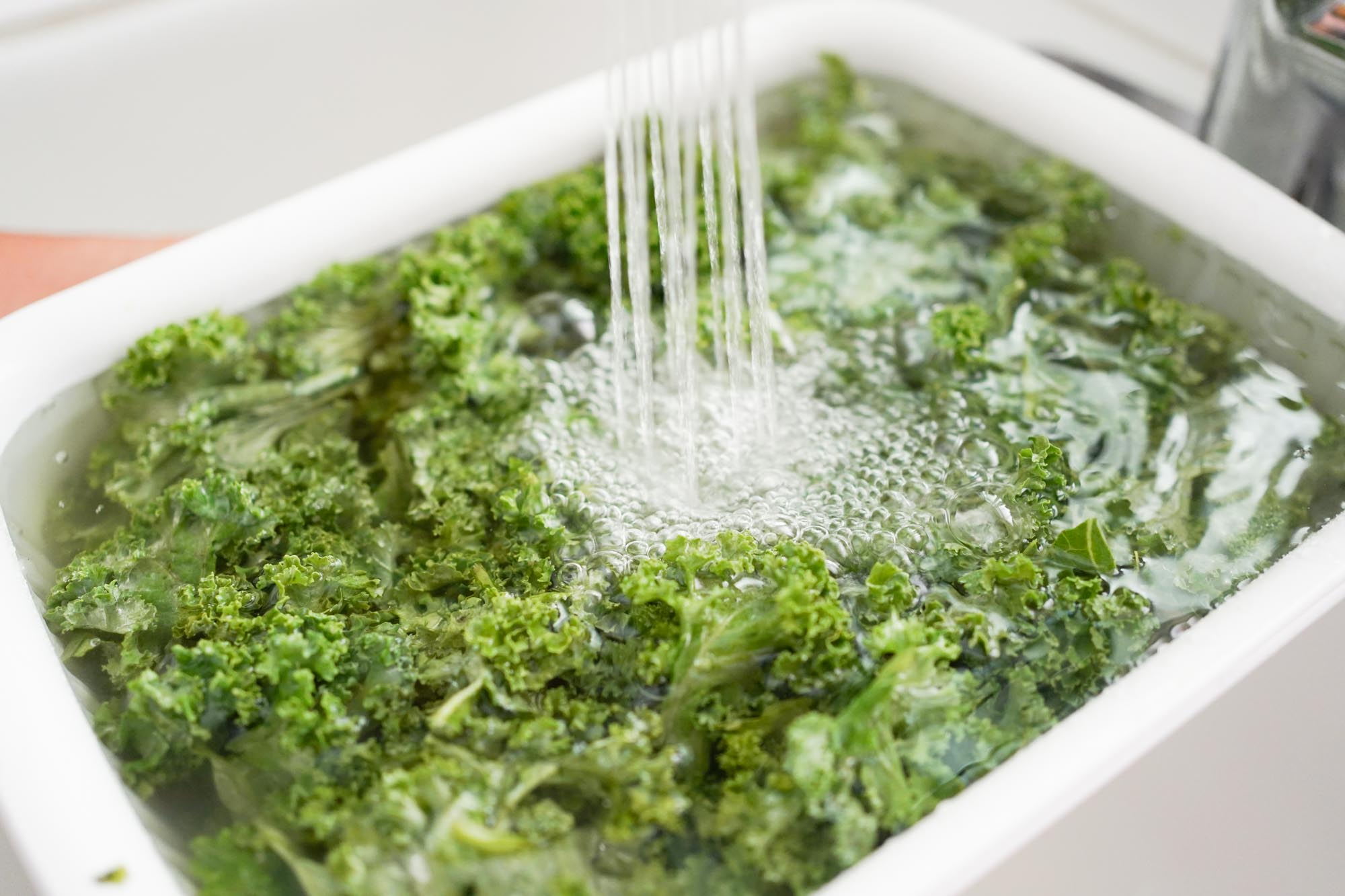
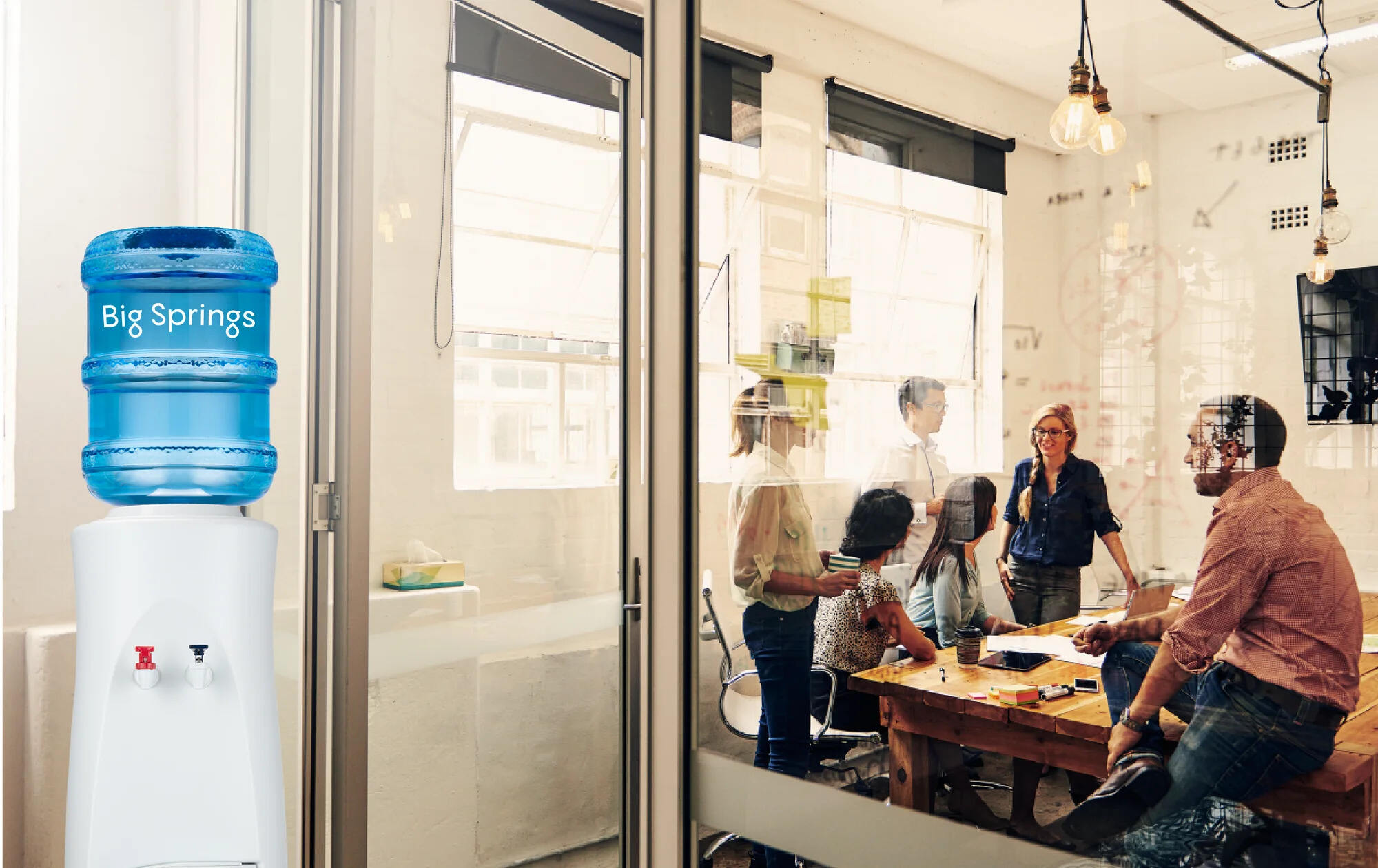
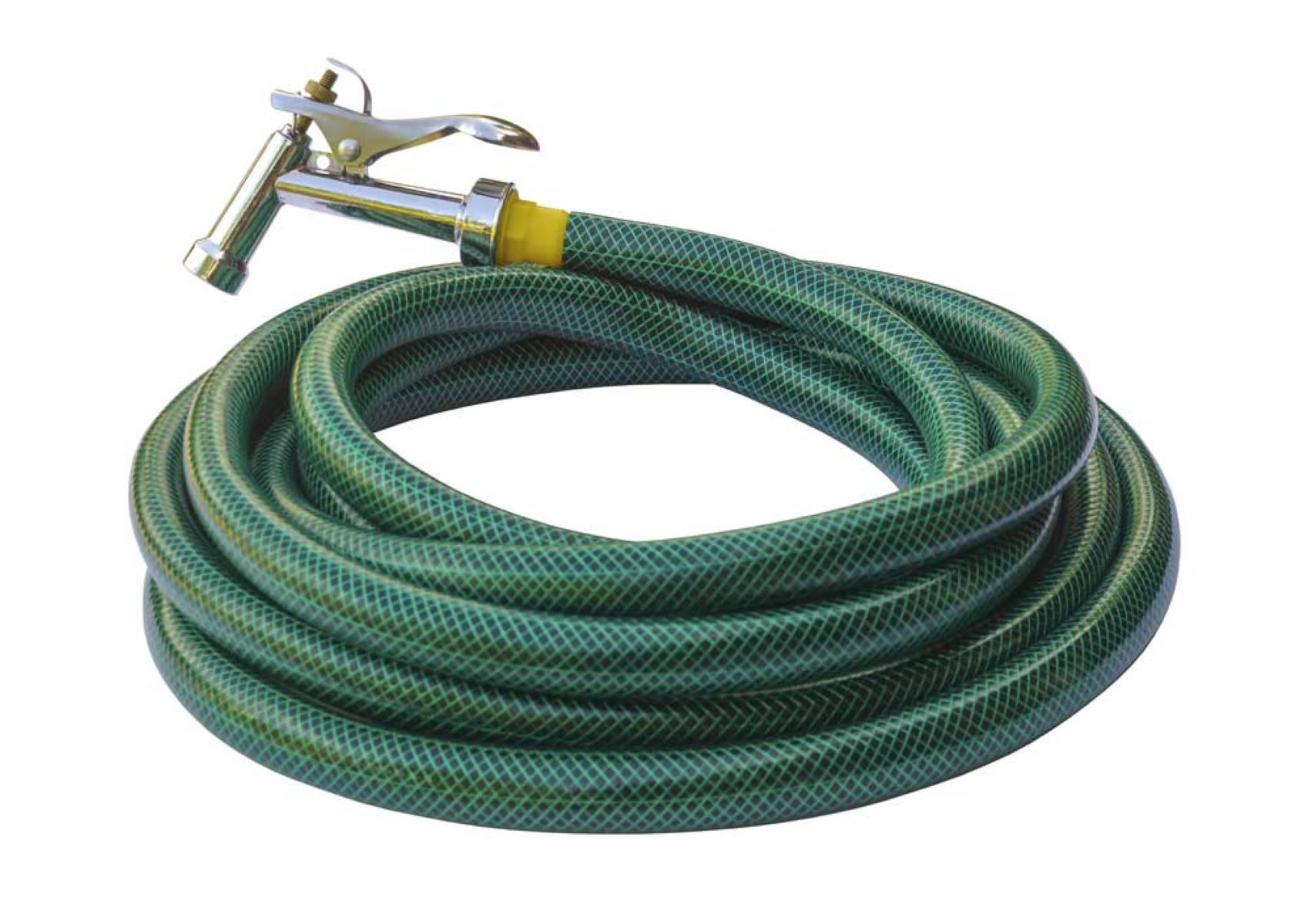
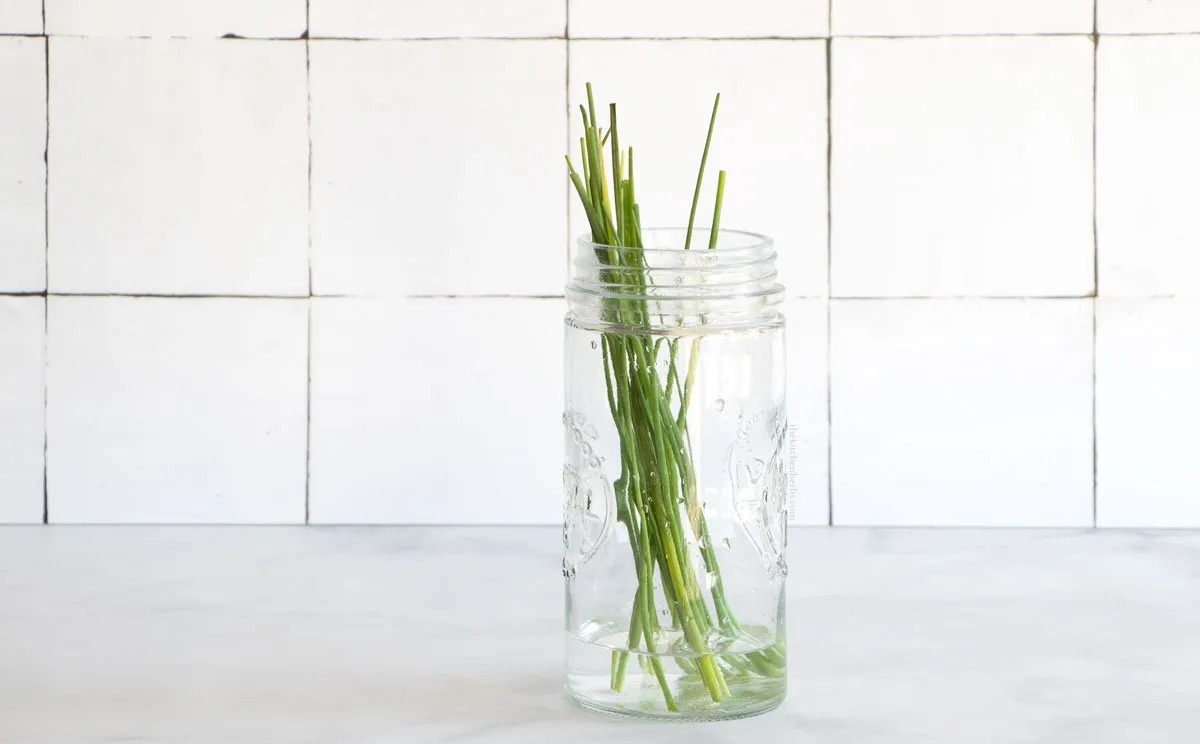


0 thoughts on “How To Store Rain Water At Home”